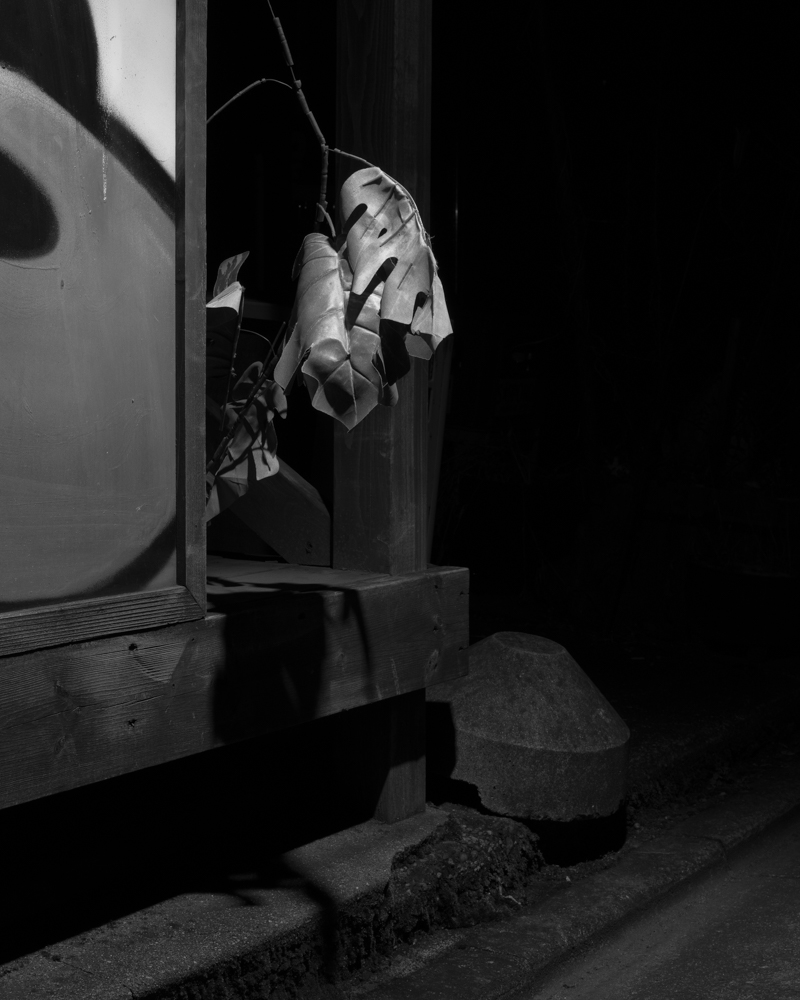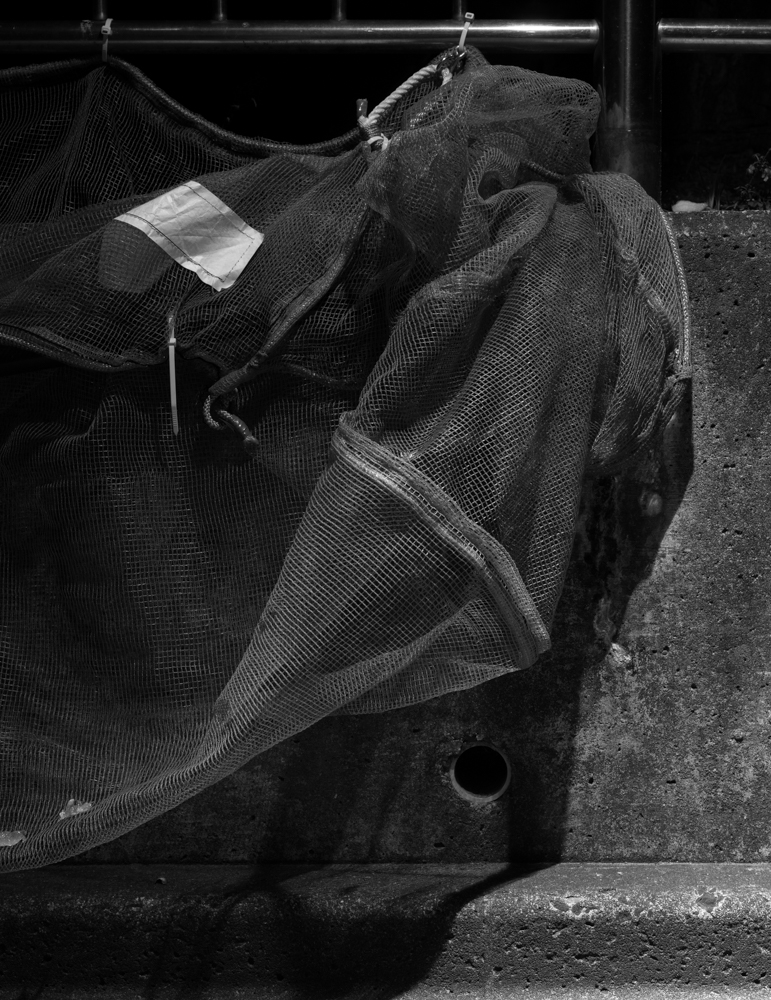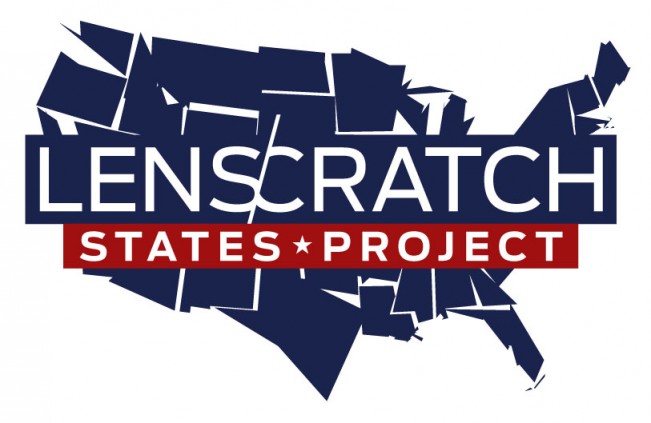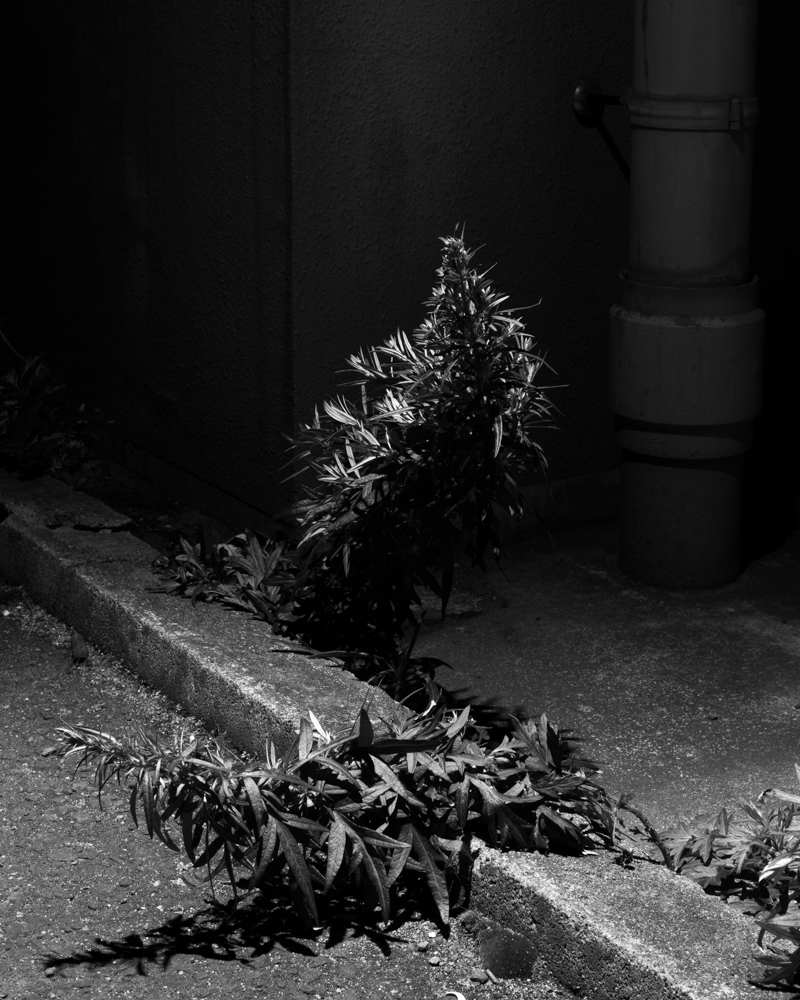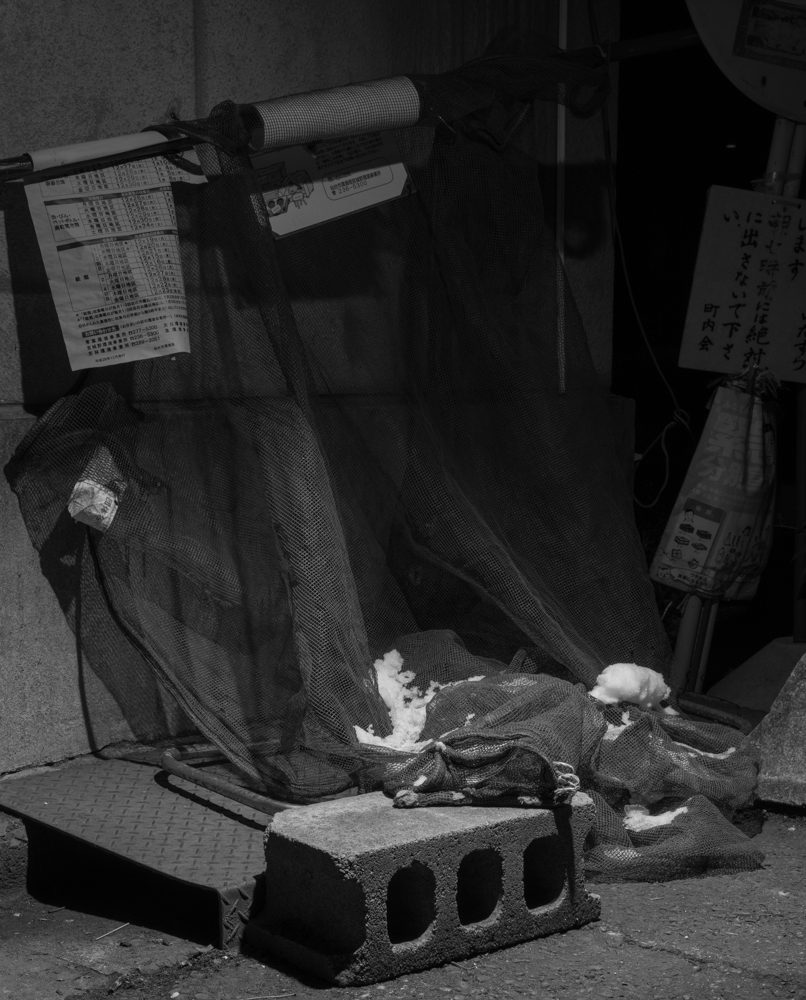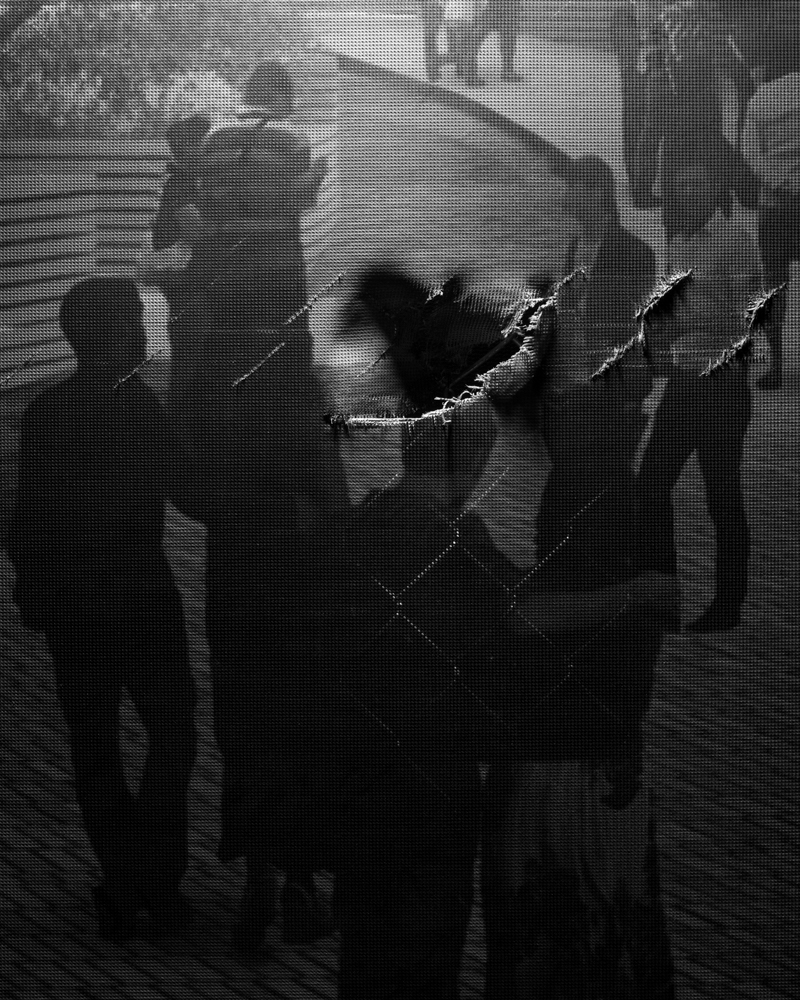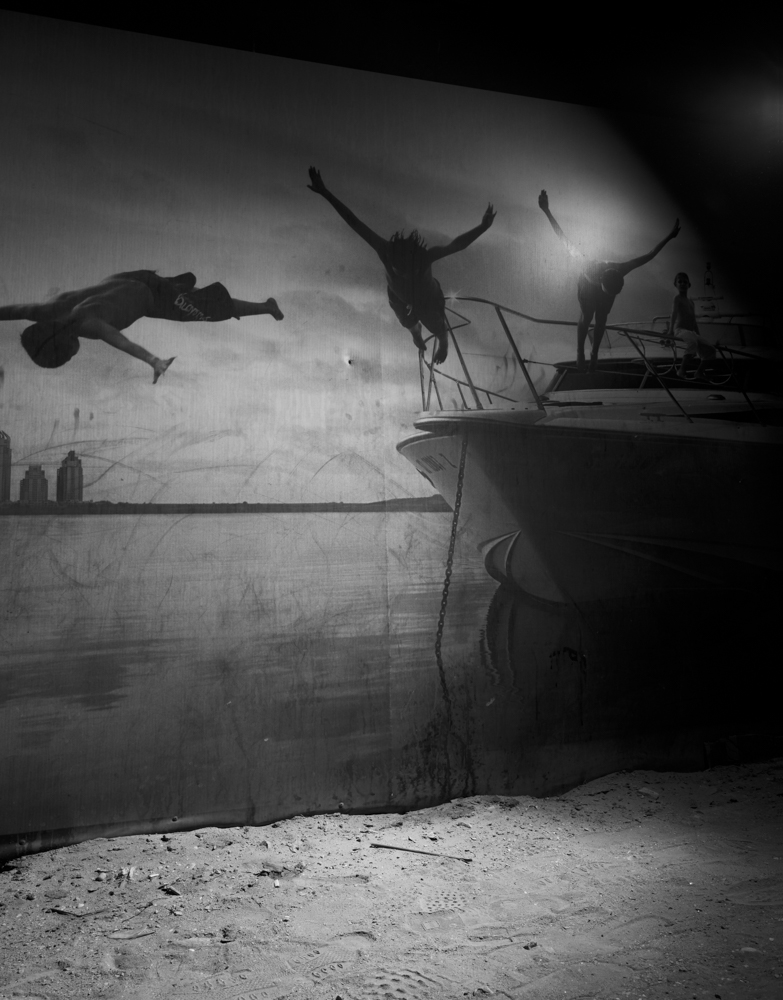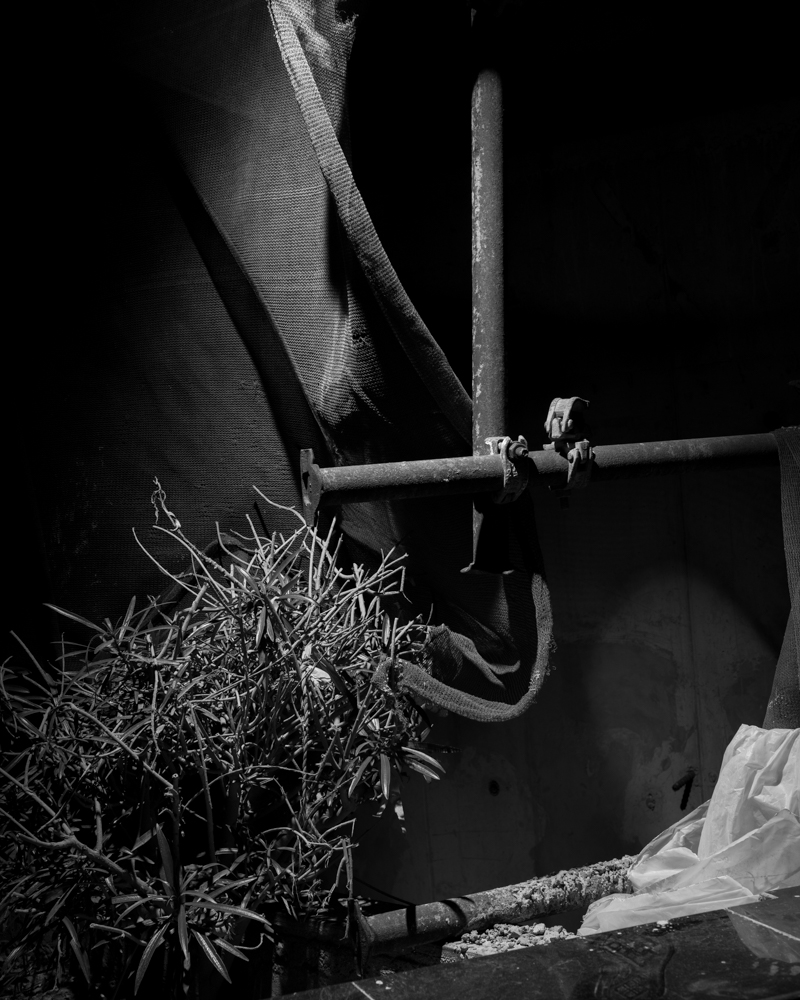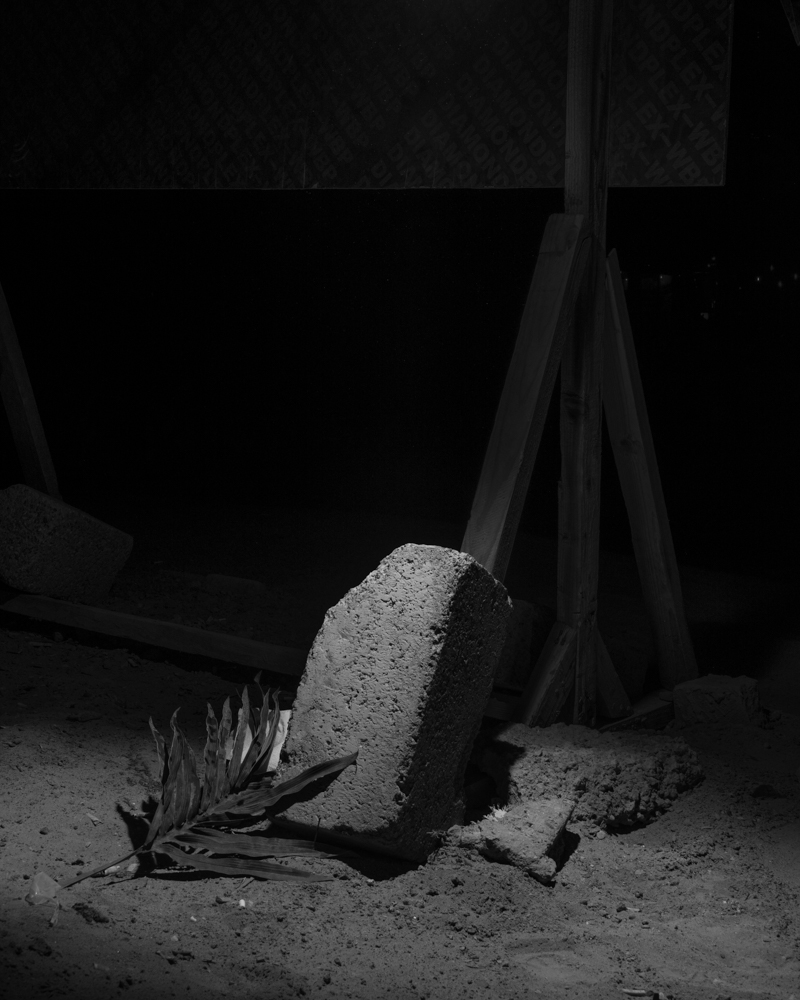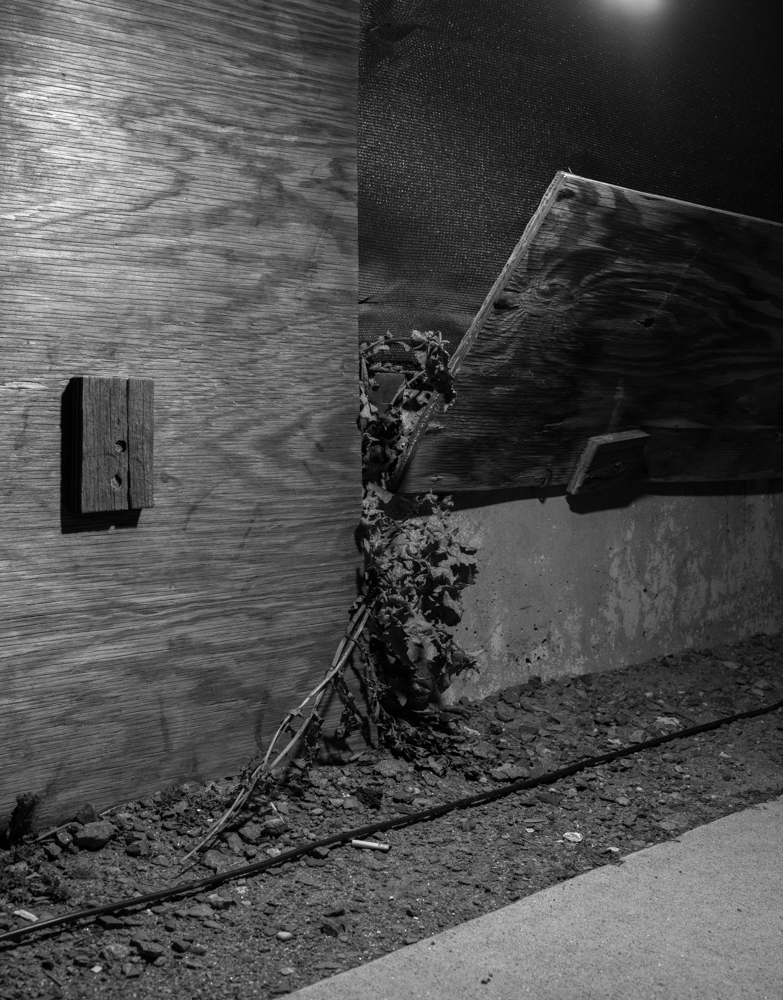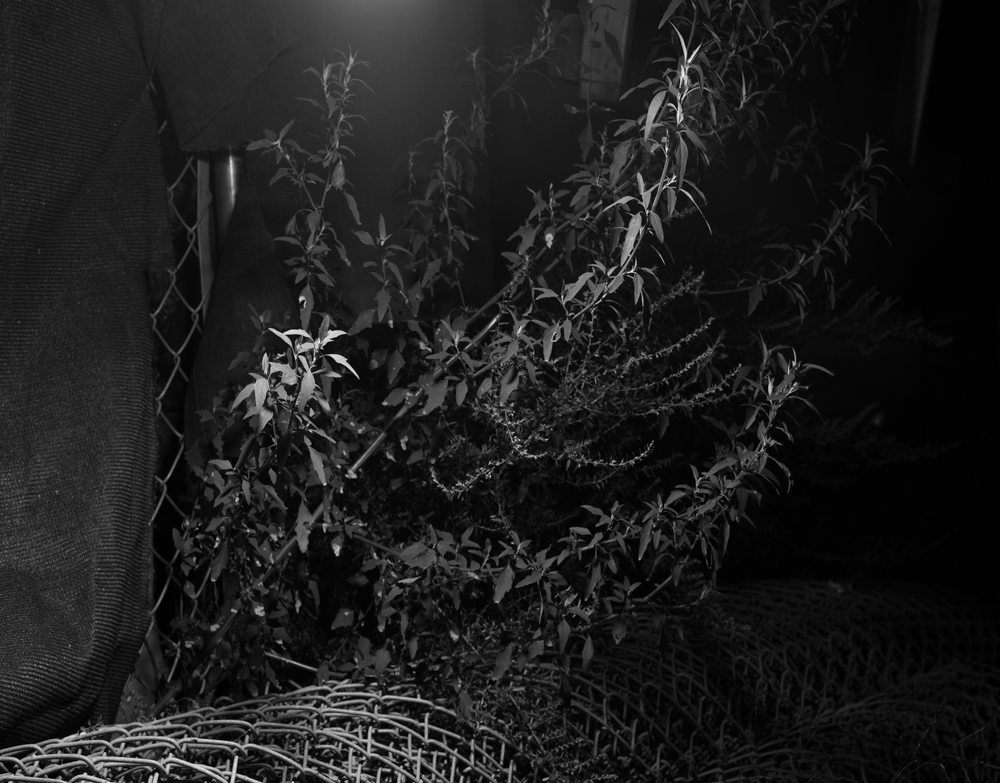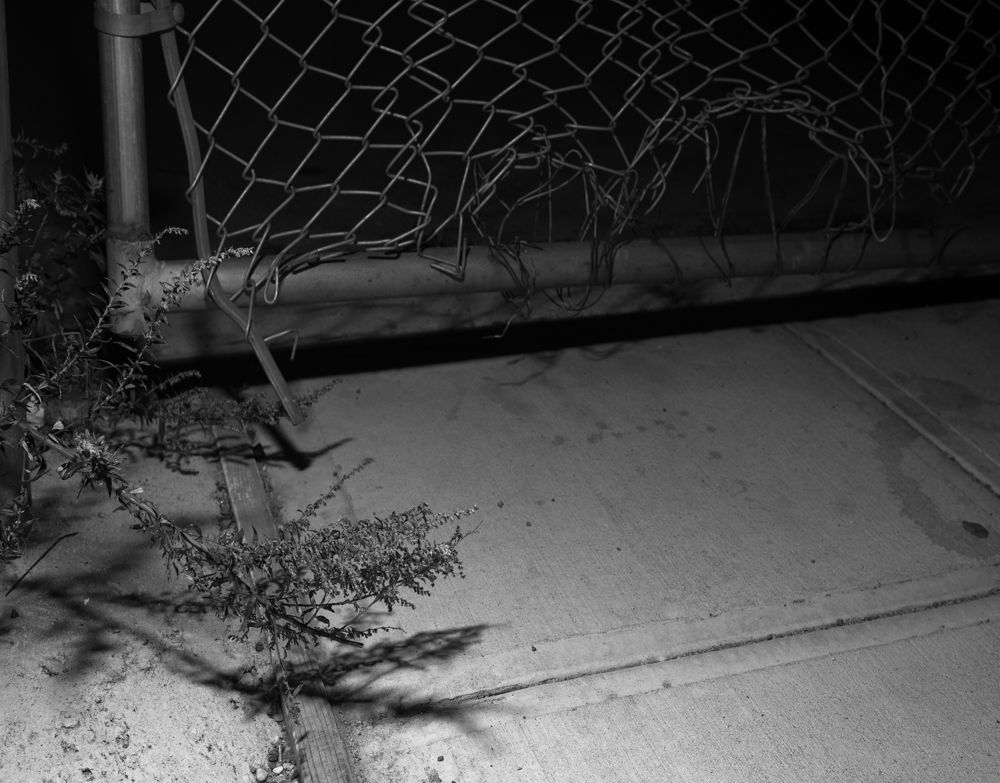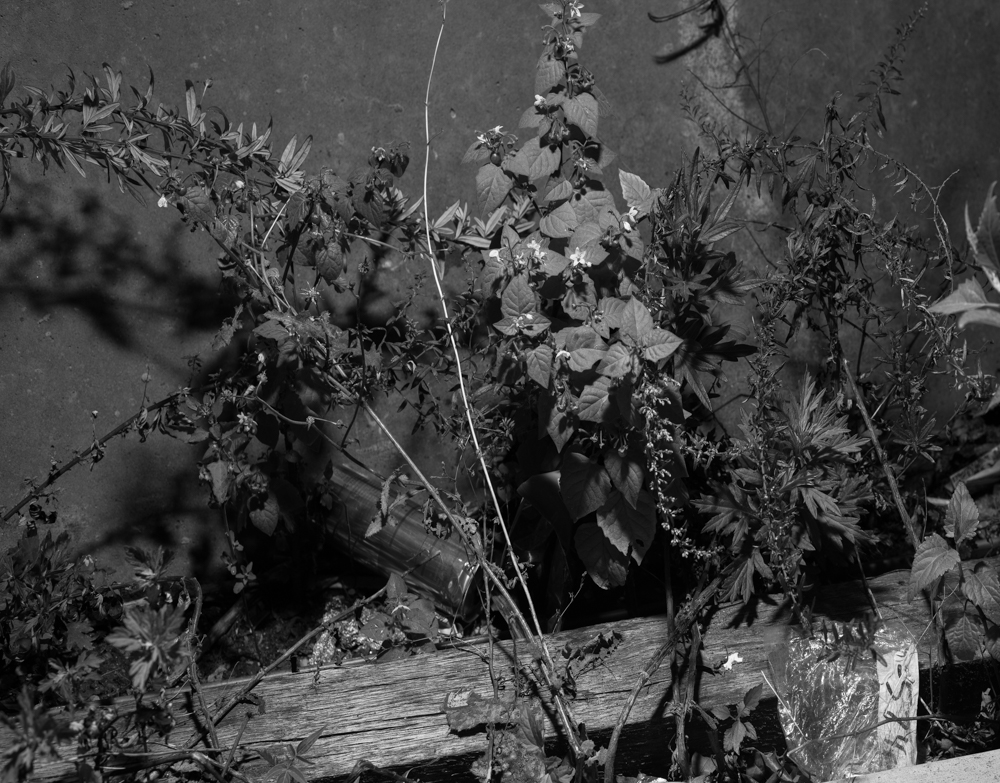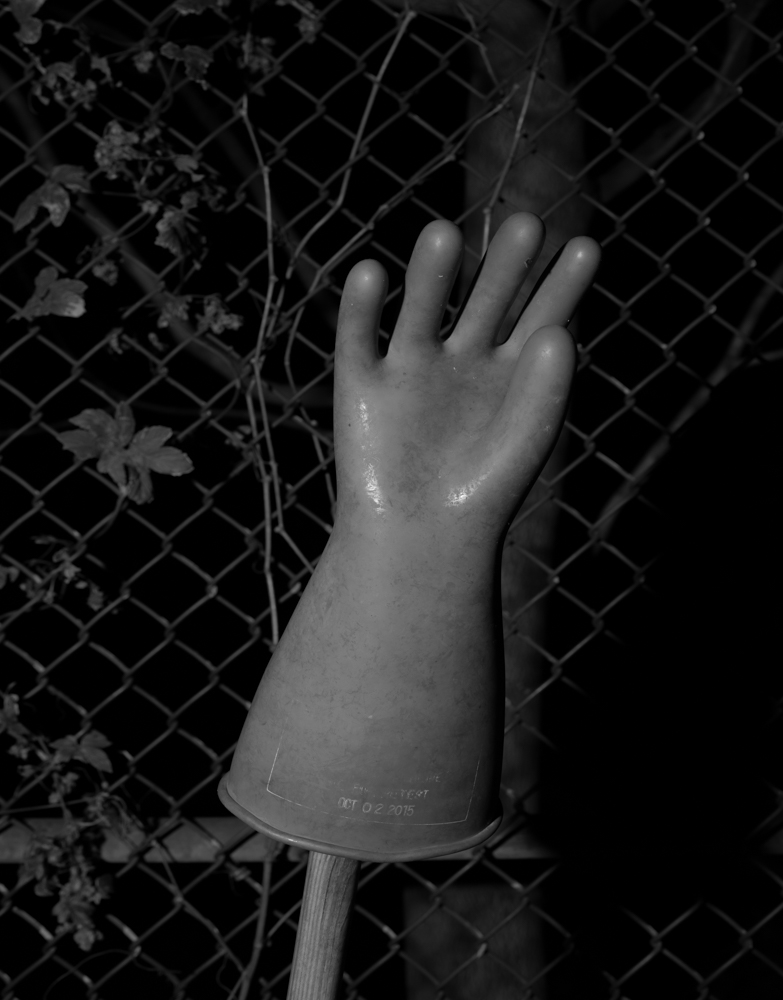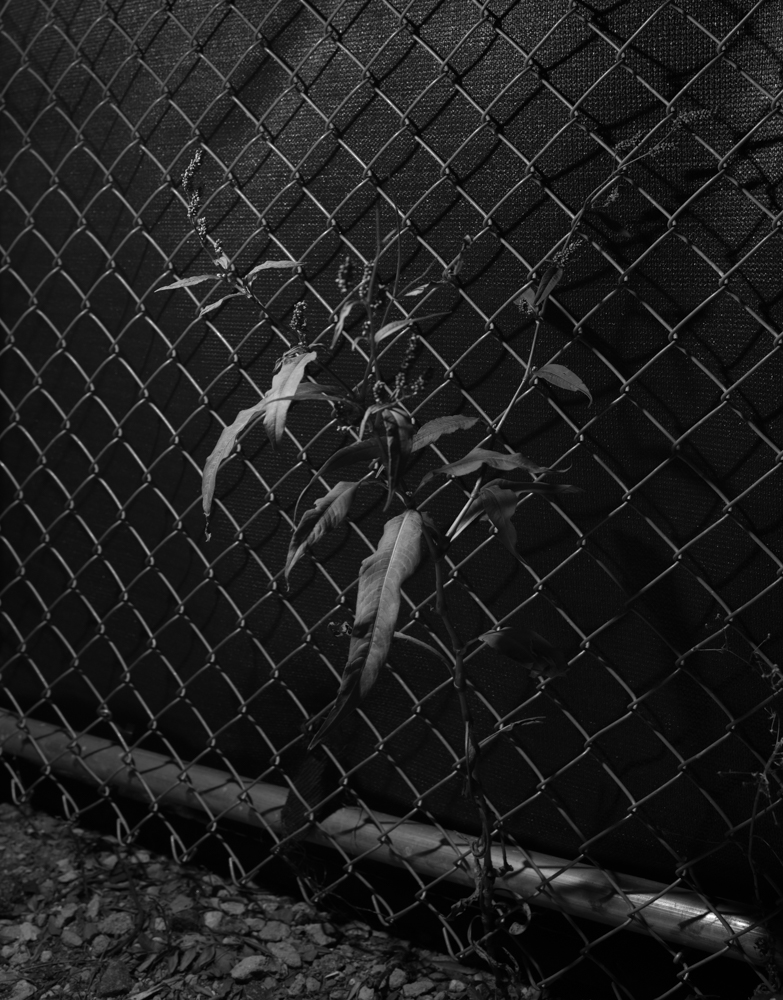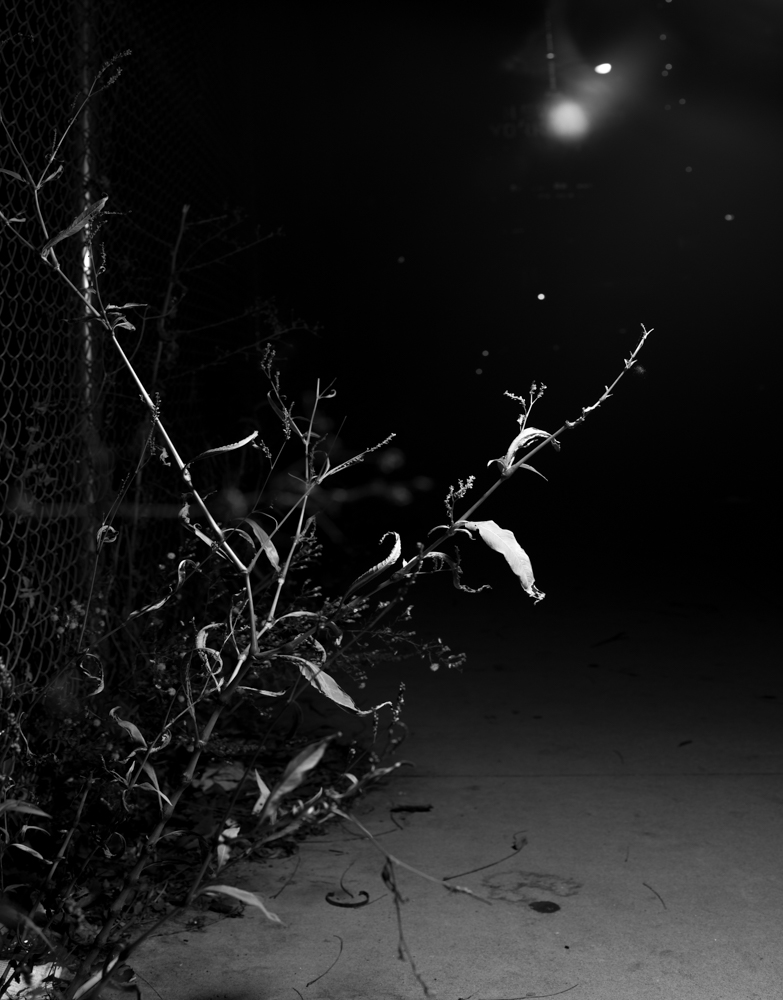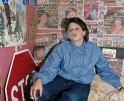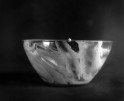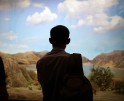Michael Vahrenwald: The States Project: Connecticut
Michael Vahrenwald is the newest member of the photography department at the Hartford Art School. We met during the search for a new faculty member a handful of years ago. It was abundantly clear from year one that he was a great choice. He had big shoes to fill as he was stepping in as Mary Frey moved on after a long tenure in teaching. His students have benefited significantly. His impact is obvious. Not only does he teach in the undergraduate program, but also serves in our Limited Residency MFA Photography program. Michael’s work is stunning. Viewing his work, gives me an unsettling feeling. There is so much to wonder and think about. As is always the case with work I am intrigued by, it is visually stimulating and intellectually challenging.
Forest Floor
These images are from a body of work entitled “Forest Floor”. The pictures in this selection were made in New York City; Sendai, Japan; and Dubai, The United Arab Emirates and Juarez Mexico. Locations range from the most expensive single development in the history of New York, the quiet streets of Sendai, the immense construction sites of Dubai to a city in the spotlight of American xenophobia. I focus on conflicts taking place at the boarders of development and nature, entropy and technology, the built and the ruin, the light and the dark. Each image is illuminated with studio lighting. I contemplate the meaning of things that are discarded and destroyed, looking for a psychological stillness that contradicts the prevailing logic of our time.
Tell us about how this project began.
Sometimes it’s difficult for me to tell when a project begins. I’d been attempting to make works about what we discard and about urban ecosystems for a while. I suppose something clicked when I saw a painting by a 17th century painter Otto Marseus Van Schrieck. The painting depicted a thistle growing out amongst some discarded bricks, as I recall, it was covered with insects and half cast in shadow. It was amazingly evocative to me both because it’s subject seemed so contemporary and elusive at the same time. I couldn’t make heads or tales of what the intention of the painting was and read that he was a sort of proto-biologist as well as an artist.
I had been thinking about what happens when the intention of an artwork gets lost and how we comprehend the visual aspects remain. I was struck by how such an exacting rendering from hundreds of years ago could make me ask so many questions about the world today.
I thought that this would make for an interesting approach to making photographs of the built environment.
How does this work relate to previous bodies of work?
In my work “Universal Default” I was interested how simply turning my back to the big box developments in suburbia. There was a welcome conflict in the work in terms of what the subject was and what the image evoked. I like that the images were detailed yet not necessarily explanatory. I was trying was a way to avoid one of my biggest problems with critiques of consumer culture: that making it look obsolete or bad can create a demand for something “new”, playing into what is so infectious and destructive about it. I wanted to make work that did not even enter that closed circuit, but rather remained on the periphery. There’s an energy there that’s easy to see and hard to explain, this really interests me.
In “The People’s Trust”, the images look at buildings that were formerly banks. The images are all about description and clarity, even to the point that the text in the images guides the viewer to what these places once were and what function they served.
In “Forest Floor”, I wanted to further control the visual aspects of my images by using my own lights. I didn’t want to be responsible for assembling what one could think of as still-lives, rather I wanted these works to be somewhat random, created by what was left behind, construction debris, invasive species and entropy. Highly resolved yet still ambiguous.
Thinking back, what was it about photography to you that led you to use the medium as your form of expression? When did that happen? Was there a particular moment you can recall where it clicked into place?
It was a slowly evolving process for me. My father was an engineer who could basically build anything. One of his many obsessions was building experimental airplanes. I loved how this was equal parts pragmatic and romantic. I’d probably have gone down that road if I’d been better at math, however, growing up in that environment definitely shaped the way that I engage with the world.
I studied fine art in college and worked with a number of mediums. I always thought of photography as a particular challenge, it always seemed to push back against my intentions. In a perverse way I found this inspiring, a medium where meaning is so hard to control because one has to contend with what is there in front of the lens, not necessarily what’s in one’s mind. Photography, for me, is positioned nicely in the both in reality and thought.
I always responded to the work of Bernd and Hilla Becher, how they turned the most ordinary world into sculpture. At the same time I was looking at the work of Robert Adams and Lewis Baltz.
Things really came together when I was on assignment for Architecture Magazine while in graduate school. I was photographing a city rehabilitation project in Stamford CT. The story was about how a series of bombings in New York City in the 1970’s led to a huge interest in suburban corporate development projects. While most of these eventually failed, after September 11th the idea was being reconsidered.
The story was fascinating and the images did their job but I felt like there was so much more to be done. I liked how so many separate influences added up to a built reality. I had just read Robert Smithson’s essay “A Tour of the Monuments of Passaic New Jersey” and I could not help but think of the connections between Smithson’s thinking and this town that I had been visiting. I kept going back and finding more connections with this place. It was a place where I could literally walk down the exact locations where lines drawn on paper became reality in glass and steel. I kept going back and this eventually led to my thesis work.
Are there any particular photographers who you look to or you have been inspired by? Outside photography, who or what has been the most significant influence?
I always go back to Walker Evans, it’s been said that he added “difficulty” to photography. While he was not the first to make difficult photographs, his work seems to relish in the complexity and contradictions of the medium. Robert Adams is another huge influence. For this body work in particular, I’ve been thinking about the films of Jean Painleve.
I’m also obsessively reading both fiction and history. Recently I’ve been reading the works of Soseki Natsume, his works have been particularly inspiring both in how contemporary they seem as well as how they balance inner monologue with visual description. In reading his book “The Miner” I was enamored at depths to which one could describe darkness, yet he does this in such an unpretentious way, the story is told from the viewpoint of a teenager who’s just had bad breakup. I’m also a huge fan of science fiction. Lately the works of Stanislaw Lem and J.G. Ballard have had my attention.
Is there anything specific you would like to see happen with this project? What’s coming next?
I’ve been toying with how to make a book of this work, it’s largely an issue of how to best make an object out of these images. The first Roman Nvmerals book was “Hudson Yards”, the book is very dark and foreboding, a distinct contrast from all of the glittery excitement over this huge new development on the west side of Manhattan. I’d like to do something along those lines yet larger and more tactile.
Shifting the work from color to black and white was important to me, it added an other-worldly quality that I love for Painleve’s films and unified images from disparate parts of the world. I’m really not sure where the work is heading, only that I still feel there’s plenty of work left to be made.
How do you manage your art making with your editorial, commercial, and teaching work? Has your time as a faculty member influenced or impacted your work and in what way?
It’s inspiring and difficult but I’ve always felt the need to work on many different things at once. It might not be the most productive way to produce work, but I tend to think best when I’m not directing all of my mental energy towards a singular goal.
I often photograph for architects, I like the pace of how their ideas become form and I like how the camera can add clarity to design. Architecture has a particularly close relationship to photography. I like how being a photographer introduces me to ideas, concepts and situations I might later on incorporate into my work.
Teaching full time is another huge commitment, I’ve never been one to stand up and “hold court” or preach to a class, rather, I see teaching as a conversation. I like to find out what concerns and excites my students and help shape their ideas into form. This is exhilarating and inspiring as well as exhausting. It’s easy to get involved to the point that you begin to forget who you are, this makes the breaks so important, however, I always look forward to being back in the classroom.
How has your work with Roman Nvmerals Books impacted your own work?
Roman Nvmerals has been a great collaboration. Our initial concept was a format, much like small poetry journals, that allows for smaller/shorter works to be seen. It’s been a great way to reach out to artists we love. The original format was 16 printed pages in a standard size, we saw this as a kind of challenge for the artist to tackle as well as a way to make publishing faster and less intimidating. We’ve never wanted to be a publisher responsible for someone’s “legacy”. Recently we’ve been working on larger and more elaborate projects. It’s been rewarding to work with other artists and to become part of a larger community of publishing. I think it has inspired me to think more carefully about how photographs work sequentially, as well as to work faster and more intuitively.
Posts on Lenscratch may not be reproduced without the permission of the Lenscratch staff and the photographer.
Recommended
-
Michael Vahrenwald: The States Project: ConnecticutMarch 31st, 2018
-
Mary Frey: The States Project: ConnecticutMarch 30th, 2018
-
Joan Fitzsimmons: The States Project: ConnecticutMarch 29th, 2018
-
Marion Belanger: The States Project: ConnecticutMarch 28th, 2018
-
Lisa Kereszi: The States Project: ConnecticutMarch 27th, 2018

